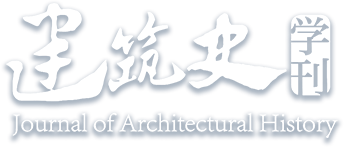Abstract:
Yangxindian is located in the inner courtyard of the Forbidden City in Beijing, west of the Palace of Heavenly Purity; it was built in 1537 during the reign of emperor Jiajing of Ming. The eaves of the main hall of Yangxindian are decorated with polychrome painting (
caihua) of different type that denotes different ranks and was applied at different periods. In 2016, a comprehensive protection engineering program was started for Yangxindian; and based on the data obtained from the resulting field survey and textual research, this article suggests three dates for the decorative eaves painting, namely the mid- and late-Ming period, the early- and mid-Qing period, and the late-Qing period. The article also demonstrates that, in imperial China, the change of decorative painting style was closely linked to the importance and function of a building.


 下载:
下载: